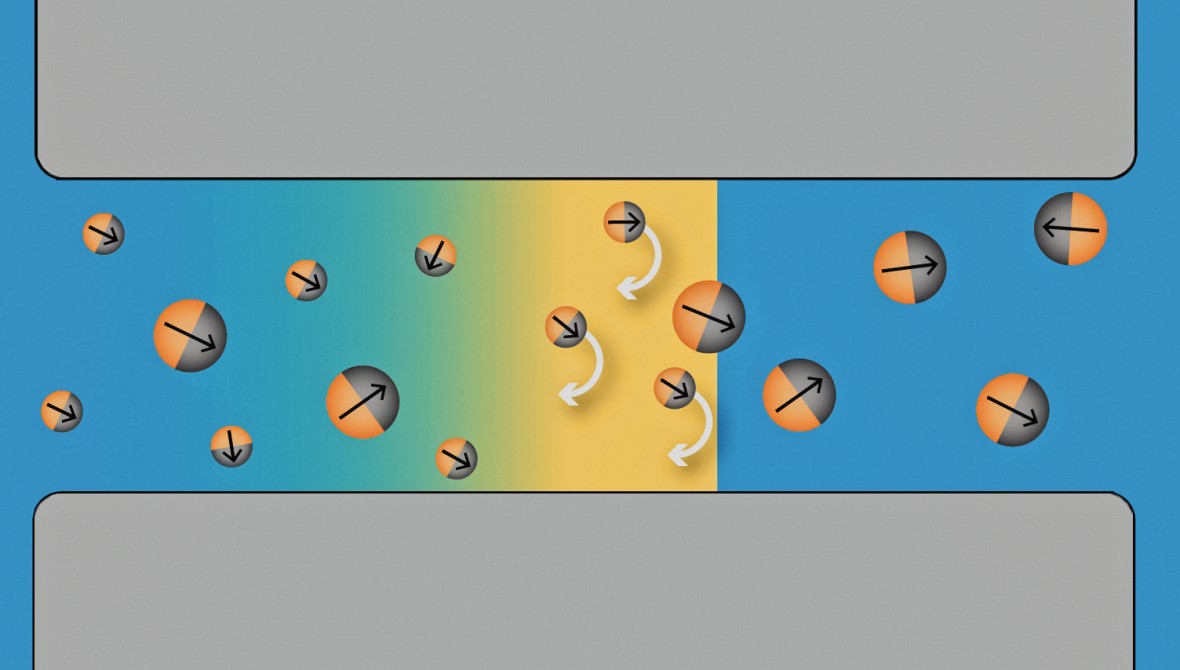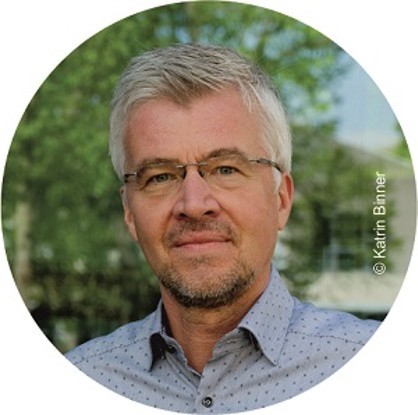Permeability as a function of time
What we want to find out
A fundamental objective will be to understand the key phenomena in the passage of species through transient sieves. Further objectives are the experimental realization of transient properties of sieves, the optimization of the spatial structure of transient sieves and the temporal structure of the permeability, and the demonstration of the advantages of transient sieves compared to standard separation methods.
Our approach
The research group Transieves comprises three different lead experiments that represent specific realizations of transient sieves:
- In experiments with ping-pong droplets, transient liquid pores emerge when a droplet is driven towards a liquid-liquid interface by a DC electric field. For strong enough fields, the droplet bounces back. During the rebound process, a narrow liquid pore forms between the droplet and the liquid on the other side of the interface.
- Transient sieves can also be implemented via light-controlled barriers. In that case, microparticles with different hemispheres are driven by the interaction with a light field. Switching the light field on an off establishes a transient sieve.
- Last but not least, the passage of charged molecules or particles through a nanopore can be controlled by a gate electrode covering the pore walls, therefore enabling electrically modulatable nanopores. Applying a time-dependent voltage to the gate electrode makes such a setup a transient sieve.








